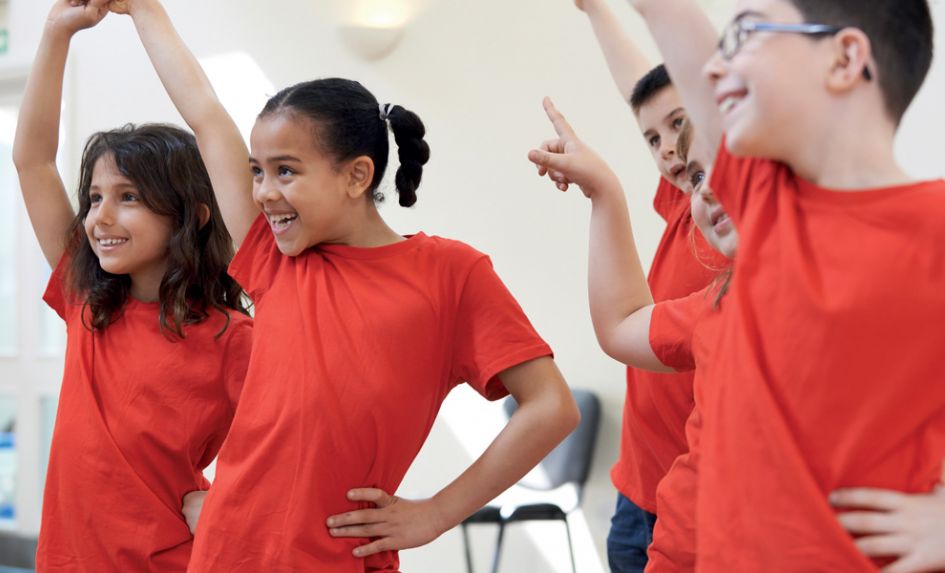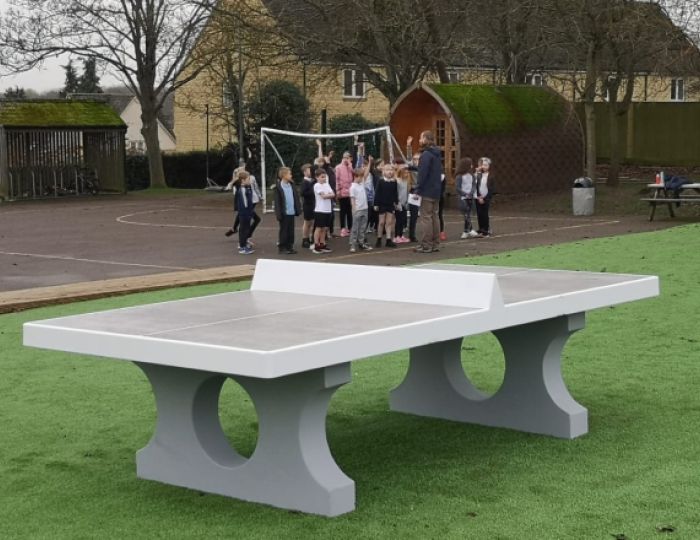Staging isn’t just for drama
One of the requirements in the English Primary National Curriculum is for pupils to be “Competent in the arts of speaking and listening, making formal presentations, demonstrating to others and participating in debate.” There’s no better way of doing this than by using a stage, along with a lectern and a sound system
Blocks have many uses
The same goes for the curriculum’s requirement that pupils be able to ‘perform’ and ‘listen to’ music. Simple rostra blocks can be rearranged into different shapes and sizes to form simple staging that will capably support both. ‘Block stages’ can additionally be used as tiered seating for the children during assemblies.
Other subjects can help you
Consider asking the school’s art club (or possibly a class following a particular unit of work in art) to paint designs on canvas that will edge the staging blocks. This will cover gaps and prevent audiences from being able to see under the stage. The designs can be changed as frequently as needed.
You can cut the clutter
Staging that flattens down can be easily stored to one side of the hall or in a cupboard without taking up too much space (depending on how large your halls or cupboards are, of course). Staging blocks tend to be hollow, which lets you handily store smaller items underneath them, such as props and costumes.
Seating doesn’t have to mean chairs
Once your staging is set up, you might be wondering what to do with your audience. Get creative – try using bean bags, benches and blocks, as well as chairs. Keeping things varied can be a nice way to differentiate and provide help for students with additional needs to sit more comfortably.
Budget lighting = more learning
You don’t need to go to the expense of having lighting bars hung from the ceiling. Apart from anything else, this will often prevent students from accessing them and learning about them. Go for more cost effective boom bars or T-bars, which will let students learn how to rig lights, focus them and add colours and effects.
Leds can help you save costs
LED lighting might be costly to install, but it’ll work out better for the school’s utility bills in the long run. Adding multicoloured LED lighting can further save on the added expense of buying colour gels and gel frames, and help to deliver great sensory experiences and learning opportunities for your SEND pupils.
Experiment using models
Pupils can learn a lot about staging, lighting and direction with the aid of scale models. If you’re confident enough (and have the time to spare), you can build your own. Otherwise, you can purchase model staging kits intended for schools that contain everything you’ll need in one package, with prices starting at around £350.
Project your scene changes
A simple freestanding tripod projection screen with a black border frame can be used on stage to create scenery and backdrops. By setting up a laptop with a PowerPoint and cycling through different slides, you can produce the effect of scene changes while providing a nice link to IT. It’ll also be useful for presentations.
Reward your pupils’ abilities
Staging and LED lighting in place? Performances ready to go? Remember that the work your pupils put into performance design and preparation can be recognised from age 5 through Arts Award (artsaward.org.uk) – its ‘Discover’ and ‘Explore’ certification levels make for good additional rewards to any arts work happening in your school.










